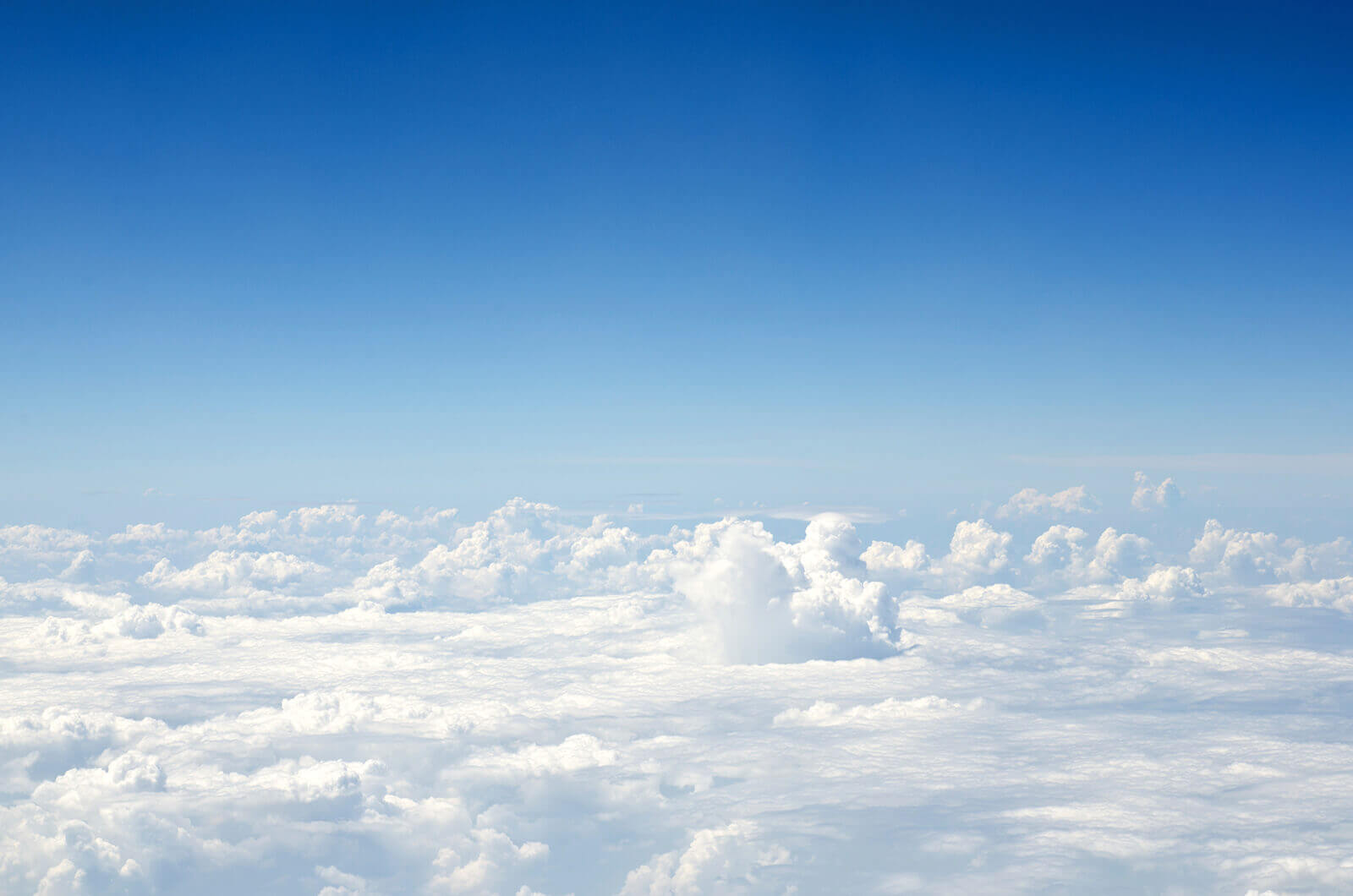
$2,451+ Cheap flights from District of Columbia to the Marshall Islands
This is the cheapest round-trip flight price found by a Cheapflights user in the last 72 hours by searching for a flight departing on 5/24. Fares are subject to change and may not be available on all flights or dates of travel.
Find cheap flights from District of Columbia to Marshall Islands with Cheapflights
1. Tell us where you want to go
Enter your travel information like dates, passengers, trip type (one-way or round trip), and preferred cabin class then click “Find deals”2. Select your favorite providers
We find the providers serving your travel needs. Choose up to four travel providers to compare side-by-side for flights, hotels, or car rentals.3. Compare prices and book
Review each provider’s pricing and select the best option for you! Book through your favorite provider’s website for a seamless experience.Cheap flight deals from District of Columbia to Marshall Islands
Keep the following information in mind while searching for District of Columbia to Marshall Islands flight deals. Data was last updated April 24, 2025.
Round-trip from | $2,451 (United Airlines) |
|---|
Find flight deals from District of Columbia to Marshall Islands
Cheapest flights from District of Columbia to Marshall IslandsExplore the most affordable flight options available from District of Columbia to Marshall Islands. Find the lowest fares from popular airlines and budget airlines, with prices last updated on April 24, 2025.
Explore the most affordable flight options available from District of Columbia to Marshall Islands. Find the lowest fares from popular airlines and budget airlines, with prices last updated on April 24, 2025.
Cheapflights Fare Finder
Customize your flight search to find flights from District of Columbia to Marshall Islands that fit within your specific budget. Explore options based on user searches and filter the results based on your desired price range. Find flights that match your budget for a cost-effective journey. Over the last 7 days, Cheapflights users made 2,558,603 searches. Data last updated April 24, 2025.
Use the filters below to find and compare flights from District of Columbia to the Marshall Islands that are best for you.
Fly from
Fly to
Route
Depart
Return
Price
Washington, D.C.Majuro
IAD - MAJ
IADMAJ
Washington, D.C. Dulles Intl
Sat 5/24
5:45 pm-10:30 am
2 stops48h 45m
Majuro Amata Kabua Intl
Sat 5/31
7:30 pm-2:23 pm
2 stops34h 53m
Washington, D.C.Majuro
DCA - MAJ
DCAMAJ
Washington, D.C. Reagan-National
Sat 6/7
8:00 pm-10:30 am
2 stops46h 30m
Majuro Amata Kabua Intl
Sat 6/14
7:30 pm-9:57 am
2 stops30h 27m
Best time to book a flight from District of Columbia to Marshall Islands
Have a flexible travel schedule? Discover the best time to fly to Marshall Islands from District of Columbia with our price prediction graph.
Cheapflights Insights
Everything you need to know about your flight from District of Columbia to the Marshall Islands
Rainfall in Marshall Islands by month
Plan your trip to Marshall Islands by taking into account the average rainfall totals by month.
In terms of precipitation, rainfall in Marshall Islands ranges from 7.0 - 14.2 inches per month. October is typically the wettest month, when rainfall can reach 14.2 in. February is typically the driest time to visit Marshall Islands when rainfall is around 7.0 in.
Temperature in Marshall Islands by month
Plan your trip to Marshall Islands by taking into account the average temperature totals by month.
If weather is an important factor for your trip to Marshall Islands, use this chart to help with planning. For those seeking warmer temperatures, May is the ideal time of year to visit, when temperatures reach an average of 82.4 F. Travelers looking to avoid the cold should look outside of March, when temperatures are typically at their lowest (around 32.0 F).
Reviews of airlines servicing Marshall Islands
Get insights into the airlines that provide service to Marshall Islands. Read reviews, discover amenities, and learn about the overall travel experience offered by airlines. Use this information to make informed decisions when choosing an airline for your flight to Marshall Islands. Reviews last updated April 24, 2025.
Overall
Food
Comfort
Entertainment
Crew
Boarding
Reviews
Thomas,Mar 2025
SFO - TPE
Overall
Food
Comfort
Entertainment
Crew
Boarding
Reviews
Thomas,Mar 2025
SFO - TPE